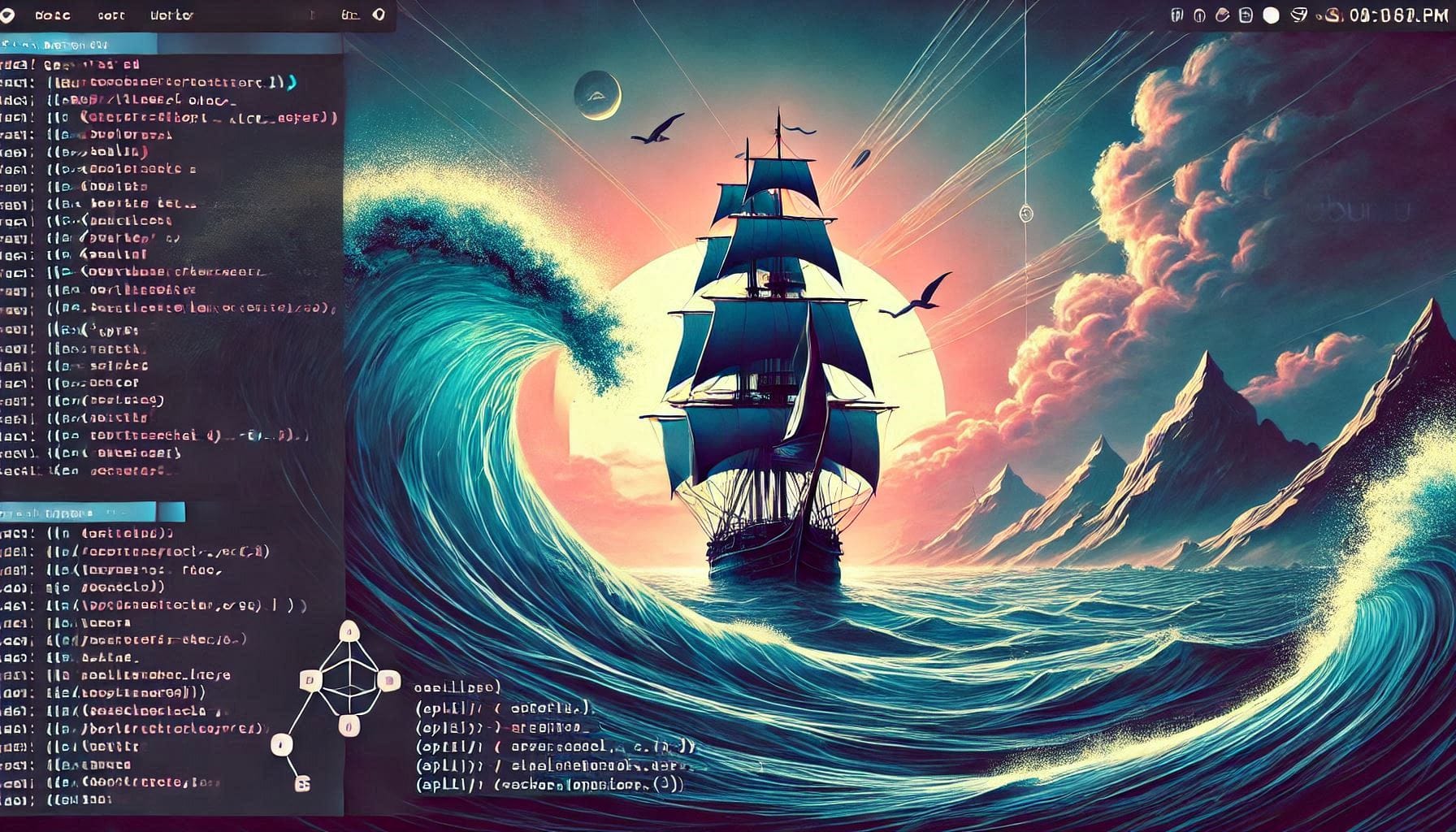
How To Create a Node.js App Using Sails.js on Ubuntu 24.04
Welcome back to the Greenhost.cloud blog! In this post, we will walk you through the process of creating a Node.js application using Sails.js on an Ubuntu 24.04 environment. Sails.js is a powerful MVC web application framework built on top of Node.js. It is designed to make it easy to build custom, enterprise-grade Node.js applications.
Prerequisites
Before we dive into the setup, ensure you have the following:
- Ubuntu 24.04 installed on your machine.
- Node.js and npm (Node Package Manager) installed. If you haven’t installed them yet, you can do so by following these steps:
sudo apt update
sudo apt install nodejs npm- PostgreSQL or MySQL (optional) if your application requires a database.
Step 1: Install Sails.js
Now that you have Node.js and npm installed, you can install Sails.js globally on your system. Open your terminal and run the following command:
sudo npm install -g sailsThis command installs the Sails framework globally, allowing you to create new Sails applications from anywhere on your system.
Step 2: Create a New Sails Application
Once Sails.js is installed, you can create a new application. Use the following command, replacing myApp with your desired application name:
sails new myAppThis command creates a new directory called myApp containing all the necessary files and folders for your Sails application.
Step 3: Navigate to Your Application Directory
Change to the newly created application directory:
cd myAppStep 4: Configure Your Application
Before starting the application, you may want to configure it. Open the config folder, and you will find several configuration files:
config/routes.js: Define your application routes here.config/models.js: Configure your models, including database settings.config/env/: Environment-specific configurations.
For example, if you want to use a PostgreSQL database, you can install the required package:
npm install sails-postgresqlAnd then configure your database settings in config/connections.js:
module.exports.connections = {
myPostgresqlServer: {
adapter: 'sails-postgresql',
host: 'localhost',
user: 'your_db_user',
password: 'your_db_password',
database: 'your_db_name'
}
};Step 5: Start Your Application
Now that your application is configured, you can start it. Use the following command:
sails liftThis command lifts your Sails application and makes it accessible at http://localhost:1337. You should see output indicating that the server is running.
Step 6: Developing Your Application
With your Sails app up and running, you can start developing your application. You can create models, controllers, and views according to your application’s needs.
To create a new model, use the following command:
sails generate model UserThis will generate a new model called User. You can then define the attributes and methods for your model in the generated file.
Step 7: Testing Your Application
After developing your application, it’s essential to test it. Sails.js provides an integrated testing framework that you can use to write and run tests for your application.
You can run your tests using:
sails testConclusion
Congratulations! You have successfully created a Node.js application using Sails.js on Ubuntu 24.04. Sails.js provides a robust framework for building scalable and maintainable applications, allowing you to focus on your business logic rather than the underlying architecture.
As you continue to develop your application, consider exploring the extensive documentation that Sails.js offers, which can guide you through more advanced features and best practices.
If you have any questions or need assistance, feel free to reach out to us at Greenhost.cloud. Happy coding!
Feel free to share your own experiences with Sails.js or any tips you may have in the comments below!